Diálogos en Inglés
Nivel Intermedio
"Driving to the vet"
Escucha el audio y lee el texto para aprender el vocabulario y frases en la conversación. Haz clic aquí para ver más consejos para estudiar.
Audio – Versión Normal
Audio – Versión Lenta
Jake, a dog, is sick and needs to go to the veterinarian (vet). One person holds him, while the other drives the car.
A: So when did Jake start throwing up?
B: He’s been throwing up every day this week. Poor thing.
A: At first, I just thought he ate some bad food, but if he’s been throwing up every day, he’s probably sick.
B: Yeah, I think he might have worms.
A: Hopefully not.
B: Well, he needs to get his shots anyway.
A: Do you have insurance?
B: No, it’s not worth it. I only come to the vet like twice a year.
A: Ah, ok. So which street do I turn on?
B: 5th. Thanks for driving, by the way. I have to hold Jake whenever he’s in the car, or else he’ll get scared.
A: No problem.
Descarga todos los diálogos, phrasal verbs, verbos irregulares y cognados hoy mismo por comprar el curso completo
Traducción y Comentario
Jake, a dog, is sick and needs to go to the veternarian (vet). One person holds him, while the other drives the car.
Jake, un perro, está enfermo y necesita ir al veterinario. Una persona lo tiene mientras la otra maneja el carro.
A: So when did Jake start throwing up?
¿Entonces cuando empezó a vomitar Jake?
(“To throw up” suena más usual decir que “vomit”.)
B: He’s been throwing up every day this week. Poor thing.
Ha estado vomitando cada día esta semana. Pobrecito.
A: At first, I just thought he ate some bad food, but if he’s been throwing up every day, he’s probably sick.
Al principio, solo pensé que comió una comida mala, pero si ha estado vomitando cada día, probablemente esté enfermo.
B: Yeah, I think he might have worms.
Sí, pienso que es posible que tenga lombrices.
A: Hopefully not.
Ojala que no.
B: Well, he needs to get his shots anyway.
Pues, necesita tener sus inyecciones de todos modos.
(No hay un problema de ir al veterinario. Si Jake no tiene un problema grave, puede aprovechar el estar allí y darse las inyecciones necesarias, como la antirrábica, etc.)
A: Do you have insurance?
¿Tienes seguro?
(En EEUU, no es común tener seguro para el veterinario aunque se haga más popular poco a poco.)
B: No, it’s not worth it. I only come to the vet like twice a year.
No, no vale la pena. Solo vengo al veterinario como dos veces al año.
(“Twice” – dos veces. También, “thrice” – tres veces, pero casi no se usa.)
A: Ah, ok. So which street do I turn on?
Ah, ok. ¿Entonces en cuál calle giro?
(Por el contexto puedes ver que “to turn on” quiere decir “girar el carro”. En otros contextos, “to turn on” puede significar “excitar” o “encender”.)
B: 5th. Thanks for driving, by the way. I have to hold Jake whenever he’s in the car, or else he’ll get scared. 5ª.
Gracias por manejar, por cierto. Tengo que sostener a Jake cuando está en el carro, de otro modo tendría miedo.
A: No problem.
No hay problema.
Para hablar más fluidamente en inglés, empieza a utilizar:
To throw up – vomitar
At first – al principio
Hopefully (not) – Ojala (que no). También se dice “(I) hope so” y “(I) hope not”
Anyway – de todos modos, de todas formas
It’s (not) worth it – (No) vale la pena
By the way – Por cierto
No problem – No hay problema
¿Necesitas practicar tu inglés?
Puees practicar tu inglés en casa con un profe americano a través de Skype


